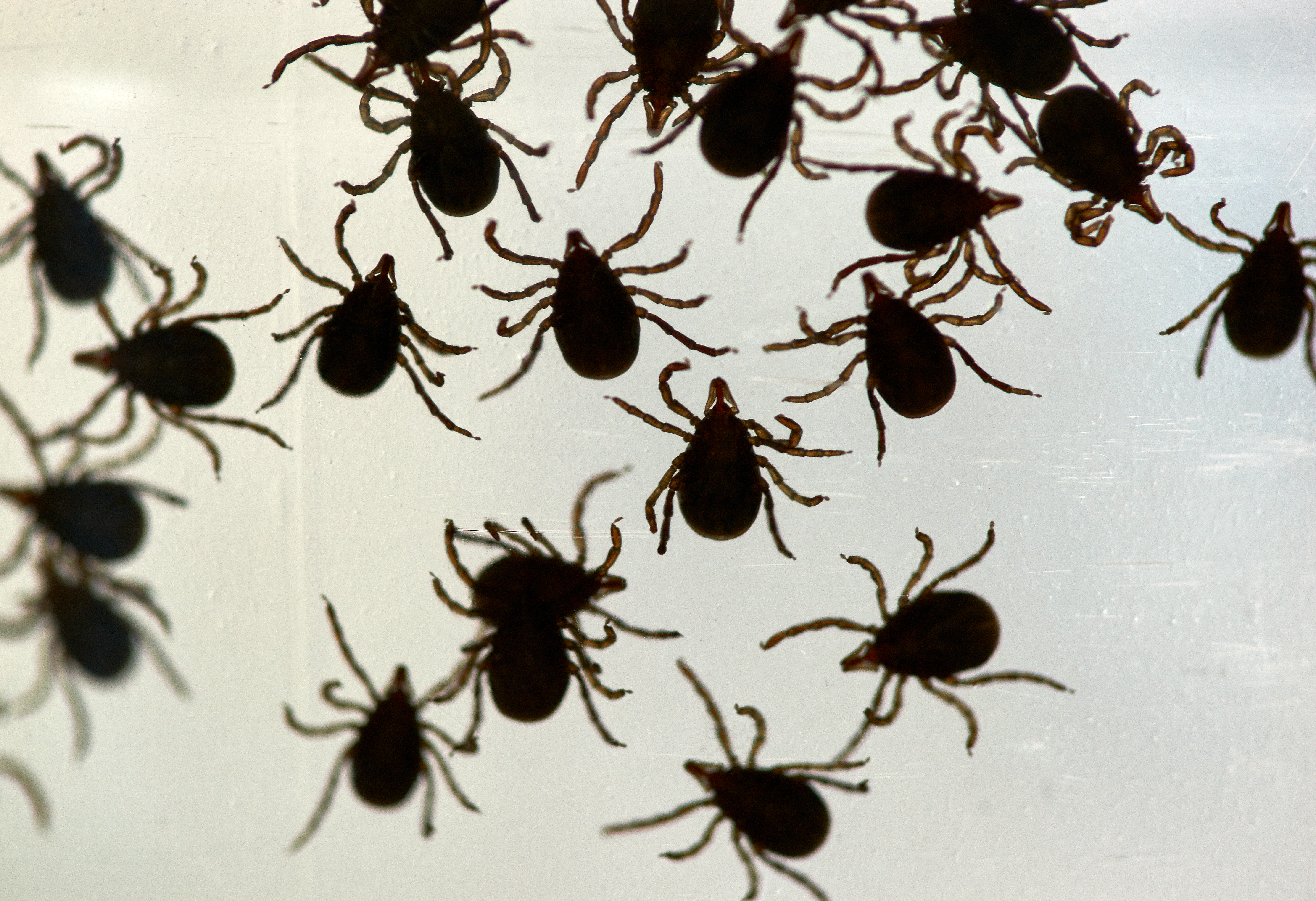
24 Aug Tick Season is Here!
Tick season has already started, and trust us when we say “prevention is better than treatment”. Not only can it become very expensive to treat your pet, but it is an awful thing seeing your pet go through something like tick toxicity.
IS YOUR PET COVERED?
There are some excellent products on the market to prevent paralysis ticks. For dogs we recommend Nexgard Chews, Bravecto Spot On or Bravecto Chews. For cats we recommend Bravecto Spot On which is easily applied to the back of your cats head. It’s important to keep these up to date all year round. In the valley we have seen paralysis ticks affecting animals ALL year. Not just in ‘tick season’.
The team at Tallebudgera Vet have ALREADY treated a number of tick cases, so we feel it is important to make our clients aware of the danger and what they can do to protect their pet.
LOCATING TICKS ON YOUR PET
There are several species of ticks, but only the paralysis tick, found on the east coast of Australia, is a hazard for small animals, such as cats and dogs. During warm months, nearly 100% of ticks we have found on cats and dogs at Tallebudgera Vet have been paralysis ticks! They are found on the leaves of shrubs and bushes and attach to any moving object that brushes past them. Because of this they are usually found around the head, neck and ears of your pet, but sometimes around the anus and toes too.

(Engorged paralysis tick)
Check your pet for ticks every day, especially during spring and summer, but also in autumn and winter due to our warmer climate. Brush your fingers through their fur feeling for any small bumps. If you do feel one, pull the fur apart to check what is there.
Ticks embedded in your pet will vary in size depending on how long they have been attached. They are usually black or dark brown in colour but turn a greyish-white and become engorged after feeding.
WHAT TO DO WHEN YOU FIND A TICK ON YOUR PET
- Removing the tick: Using a tick remover or your thumb and forefinger, grasp the tick at the mouth (closest to the skin as possible). Put the tick in a jar or zip lock bag so that we can identify it. The sooner the tick is removed, the less of its toxin can enter into the bloodstream of your pet.
- Avoid squeezing the tick when you remove it, so that we can identify it.
- Call us on 5522 4566. We can prepare for your arrival and see you immediately. If it’s after hours, please call AES on 5559 1599
- Withhold food and water: When a pet is suffering from tick paralysis their gag reflex will be reduced so they’re at risk of aspirating (water/food goes into lungs)
- Limit activity: as this will also limit how quickly the toxin is circulating in the blood stream
PLEASE NOTE– there can be a delay in clinical signs once the tick is removed. It is VERY important to bring your pet to us for monitoring. We often find many more ticks as our nurses are trained to find them in their thick fur.
INITIAL SIGNS OF TICK PARALYSIS
- Weakness or difficulty walking
- Change in meow or bark
- Coughing, gagging or vomiting
- Inappentence – not eating
- Excessive panting
- Shallow breathing
- Salivating
If you have any questions regarding protecting your pets from ticks, please do not hesitate to call us on 5522 4566 or pop into the clinic.


